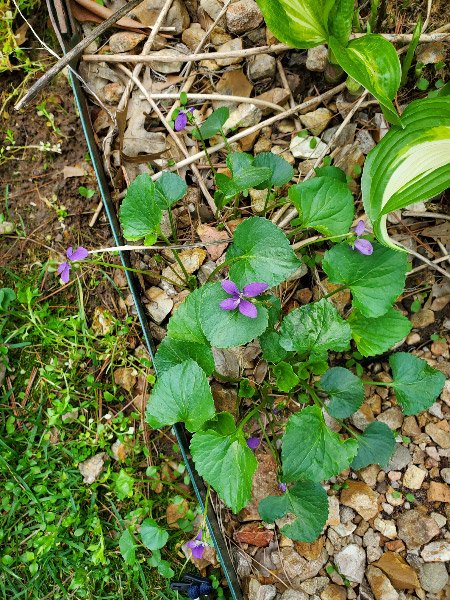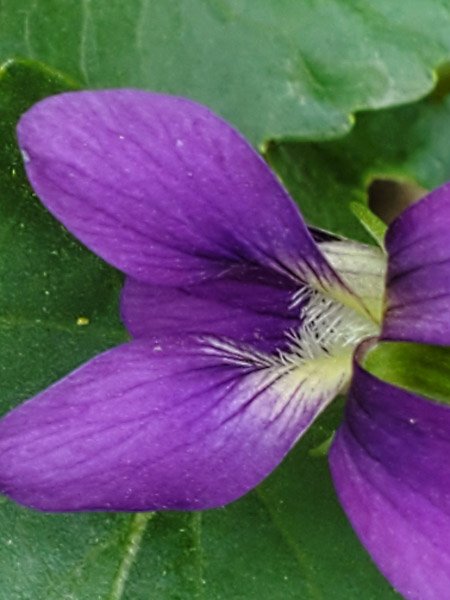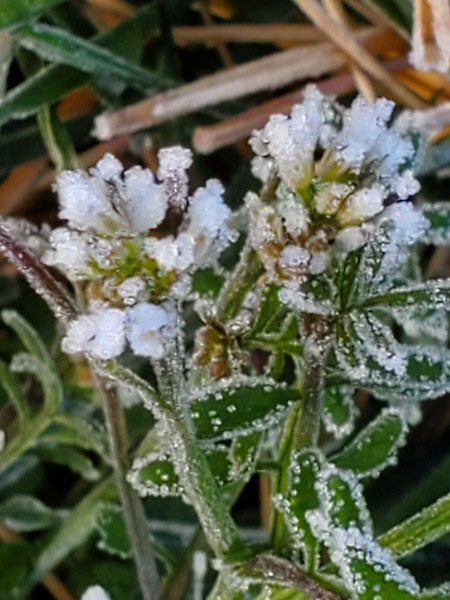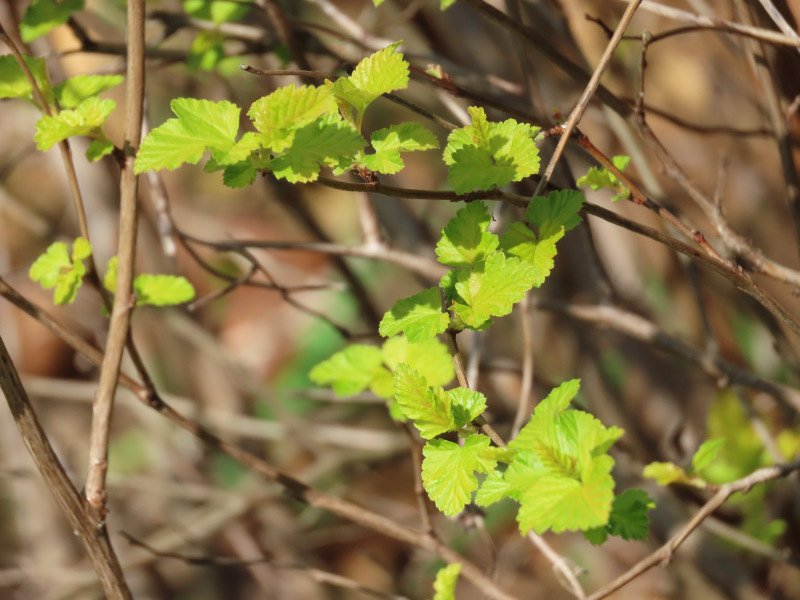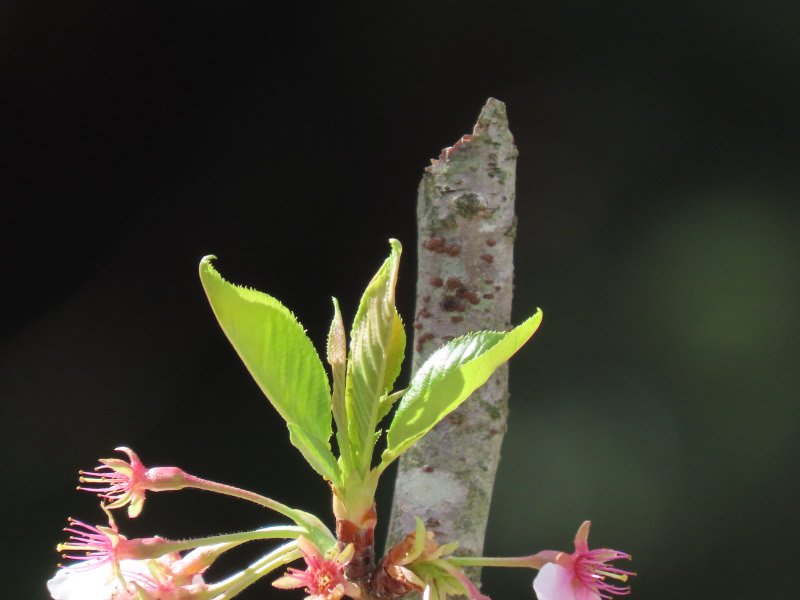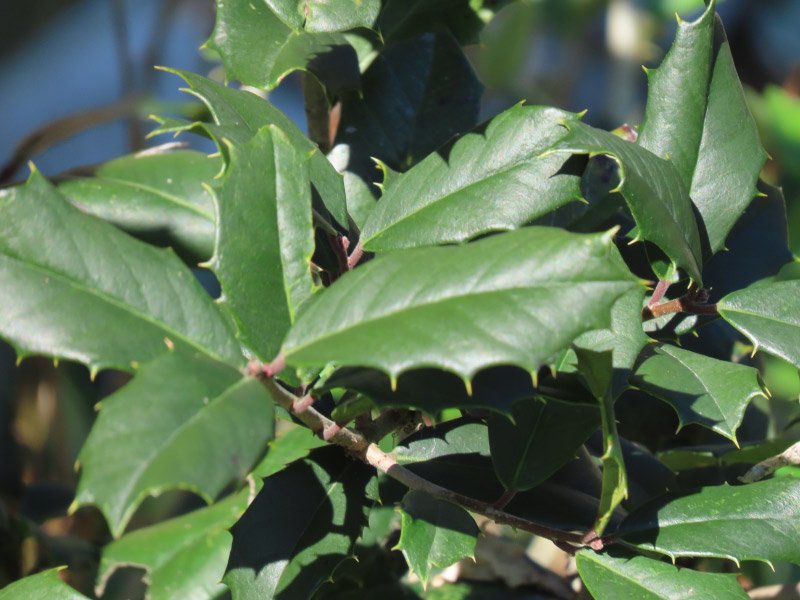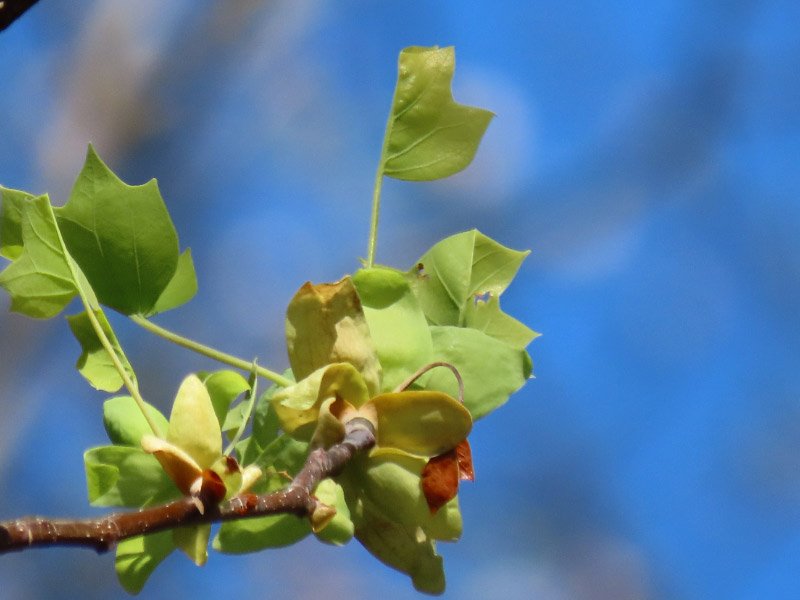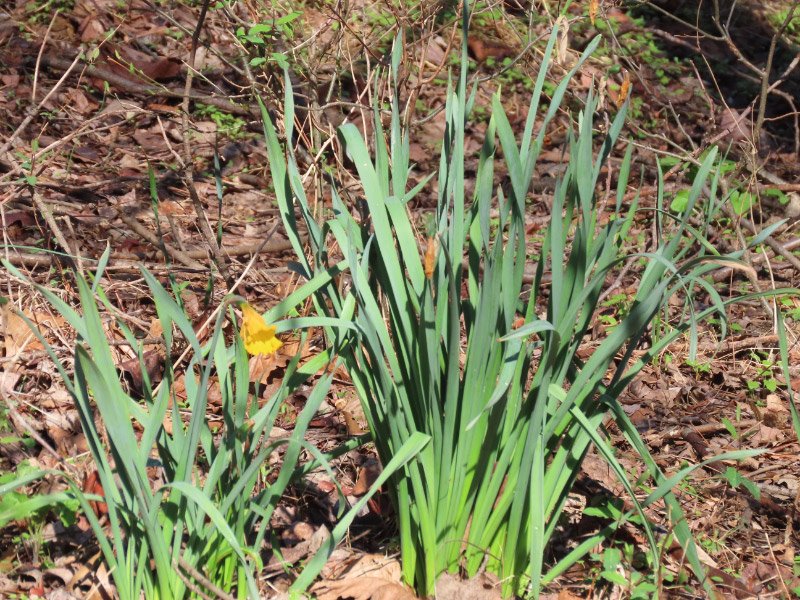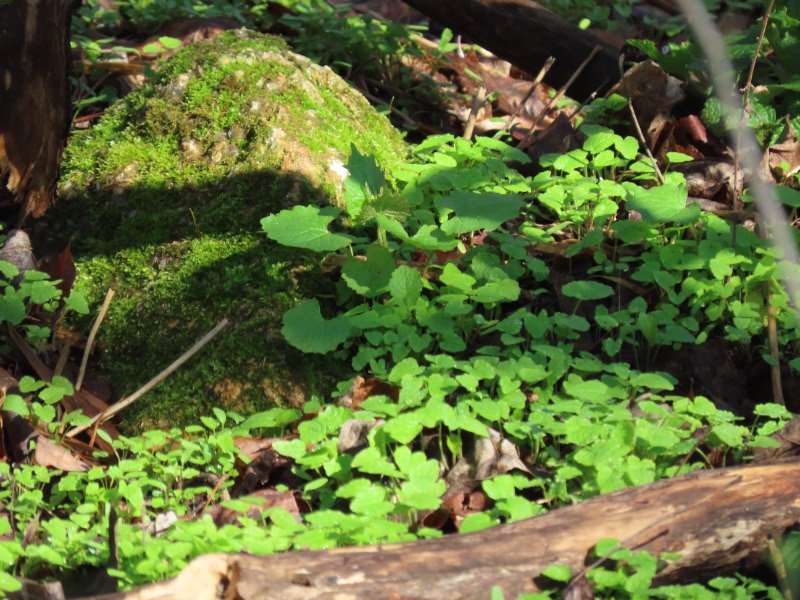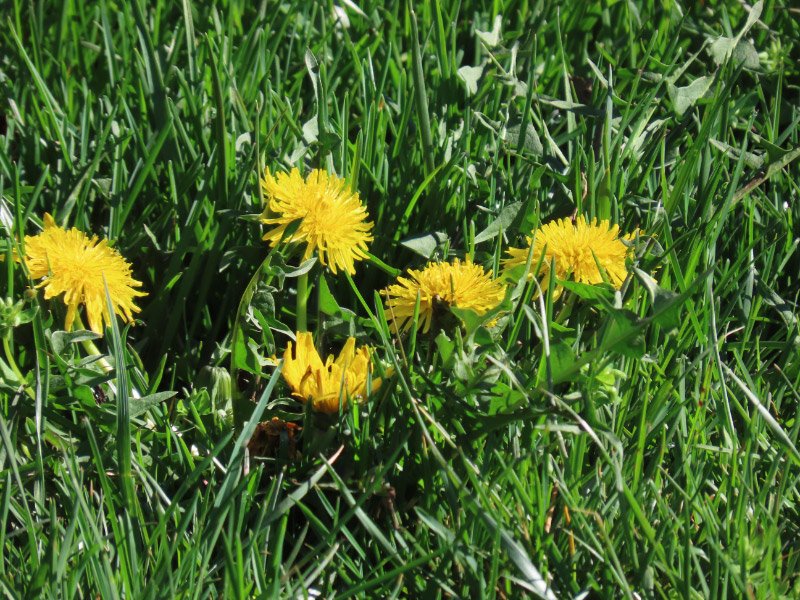Composting Mulch
/This is my first spring in my Missouri house, and I am still acquainting myself with the flowerbeds around the house. A very fast-growing plant came up in the east flowerbed and spilled out in the yard. I pulled a wheelbarrow of the stuff and took it back to put on the bare soil under the forsythia bush. It covered about half the space.
A few days later, the 4-6 inches deep plant material under the forsythia had collapsed to about ½ inch. I decided the weed is perfect for composting mulch! I started pulling the remaining weed in the east flowerbed.
I uncovered hostas, irises, violets, and a maple seedling. I pulled the maple seedling but left the other others.
It wasn’t difficult to pull another full wheelbarrow of weed.
This time it covered remaining the bare soil!
The weed might grow back since I probably did not get all the rootlets…but I have other places in the yard I can use it for mulch. The strategy is to pull it before it creates seeds. My overall goal is to keep what the yard grows cycled into the yard…avoid spraying or fertilizing…plant more pollinator-friendly plants…and (over time) reduce the amount of turf.


